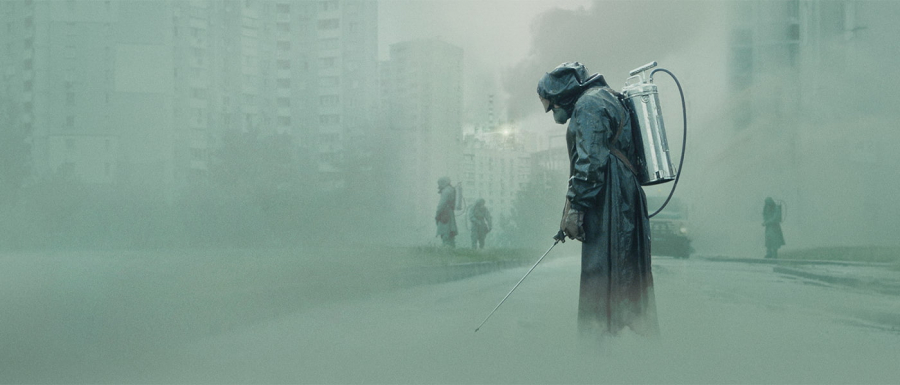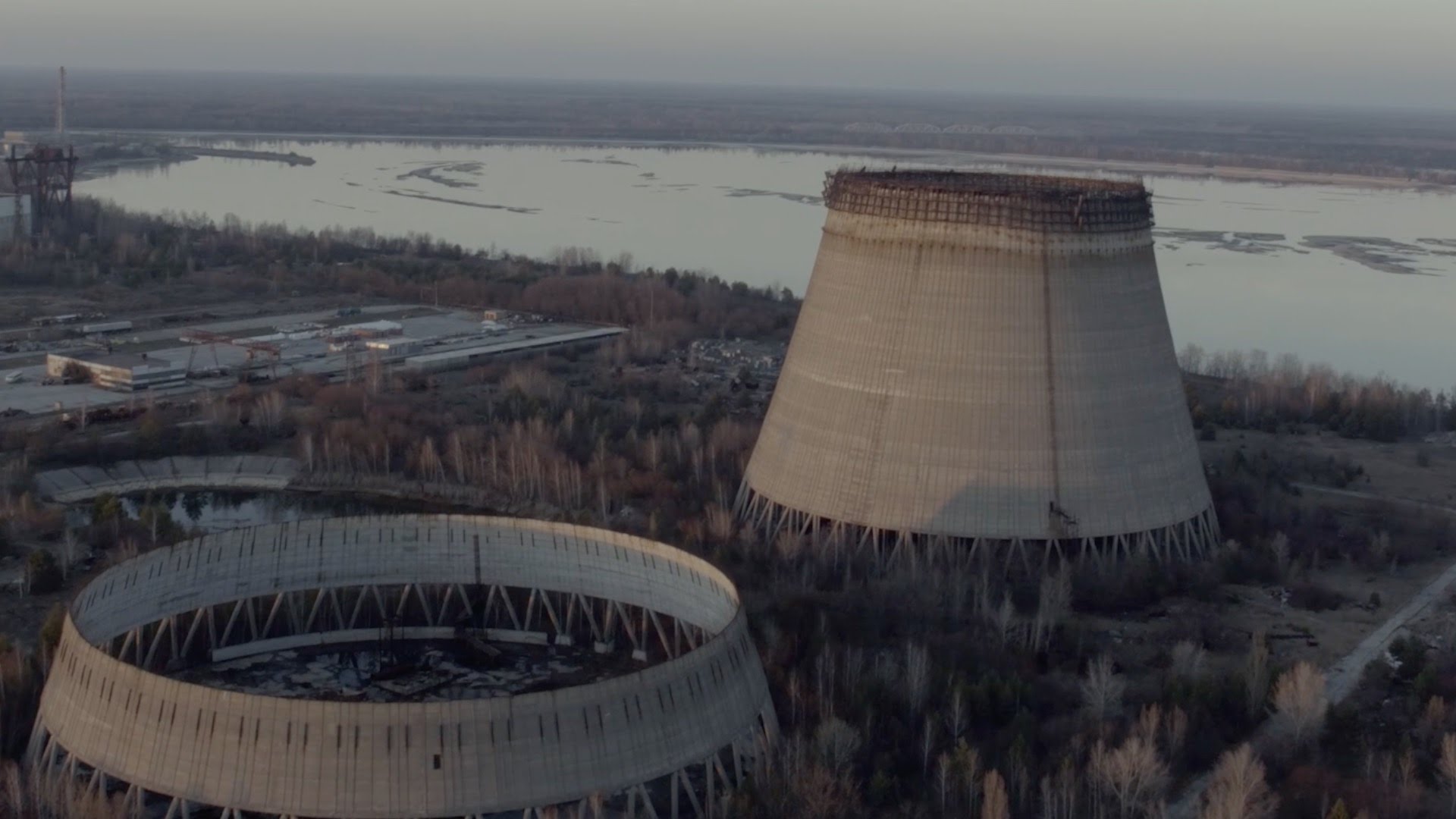On April 26, 1986, reactor number 4 at the Chernobyl nuclear power plant in Pripyat, about 110 miles from the capital Kiev, exploded, causing one of the most catastrophic nuclear accidents in history. Thirty power plant workers and firefighters died within days or weeks of the accident, and 28 of them suffered from acute radiation syndrome.
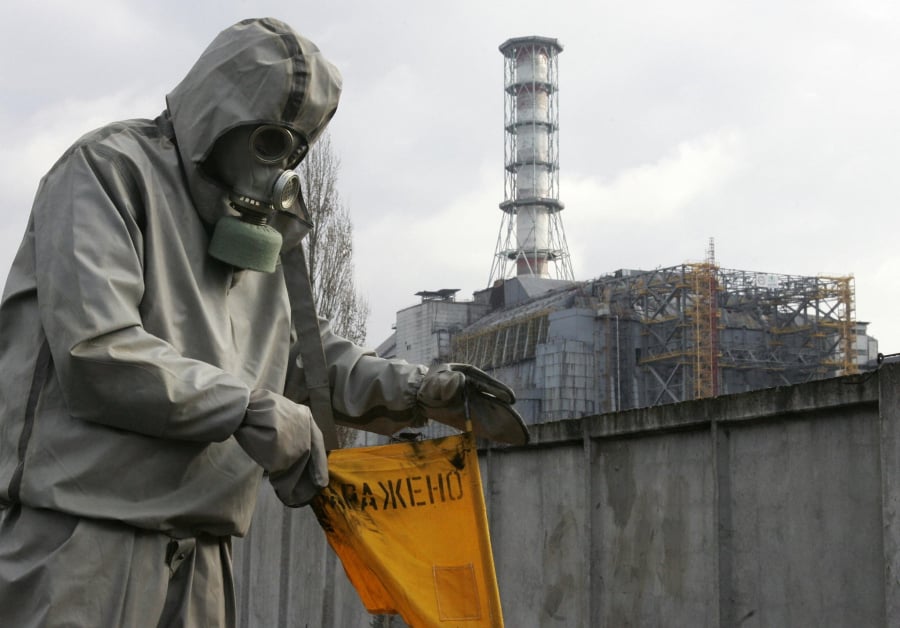
The death toll from long-term radiation exposure remains controversial. Although the United Nations predicted 9,000 deaths from related cancers in 2005, Greenpeace later estimated that as many as 200,000 people died from health problems stemming from the disaster. For more than two decades, the government quarantined the area around the reactor, including the city of Pripyat, once home to 50,000 people.
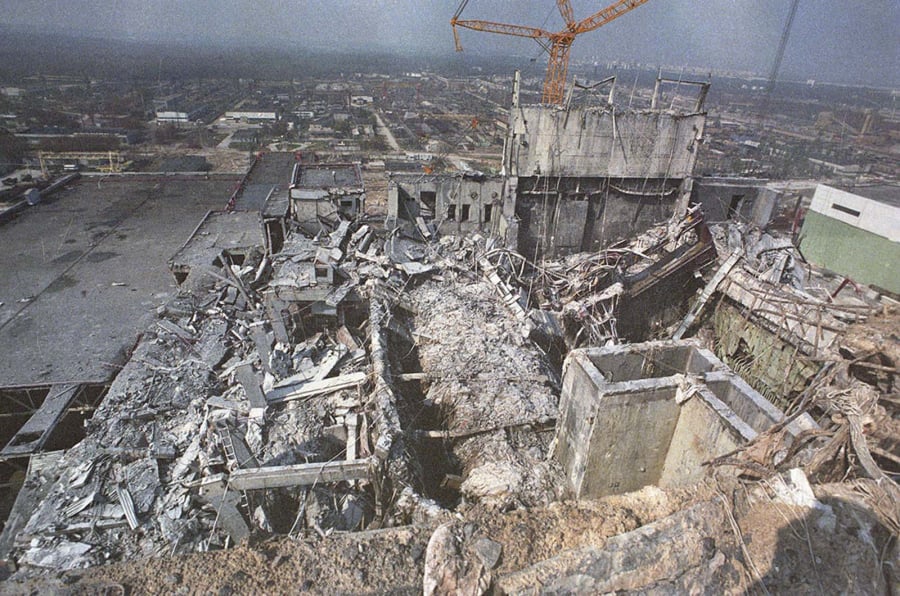
A devastated Chernobyl after the terrible nuclear disaster that occurred in 1986
President Volodymyr Zelensky signed a decree Wednesday to develop Chernobyl into an official tourist destination. He wants to improve Ukraine’s reputation and capitalize on the country’s most famous disaster by installing hiking trails, waterways, checkpoints and better phone coverage in the restricted area.
President Zelensky also shared: "Chernobyl used to be a ghost, a negative part of Ukraine. It's time to change this. We will create a green corridor for tourists. Chernobyl is a unique place on this planet, where nature has been regenerated after a huge disaster caused by humans. Now is the time to show the world from scientists, ecologists, historians to tourists the uniqueness of this place."
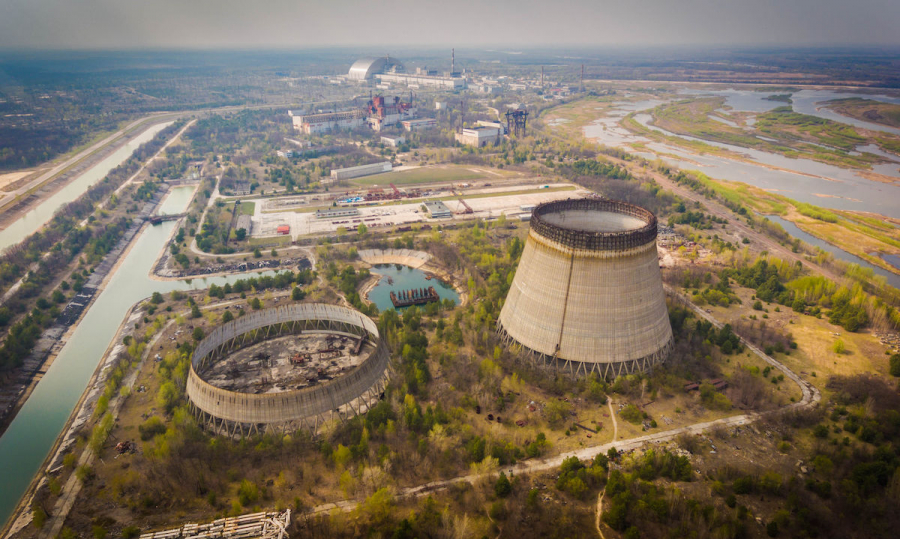
And 33 years after that disaster, Chernobyl will soon officially become a tourist destination.
Restrictions on filming and photography will also be lifted, making Chernobyl a hot Instagram scene. In addition, many people have recently traveled to the ghost town of Pripyat to see Chernobyl for themselves; this is thanks to the success of the HBO series of the same name.
